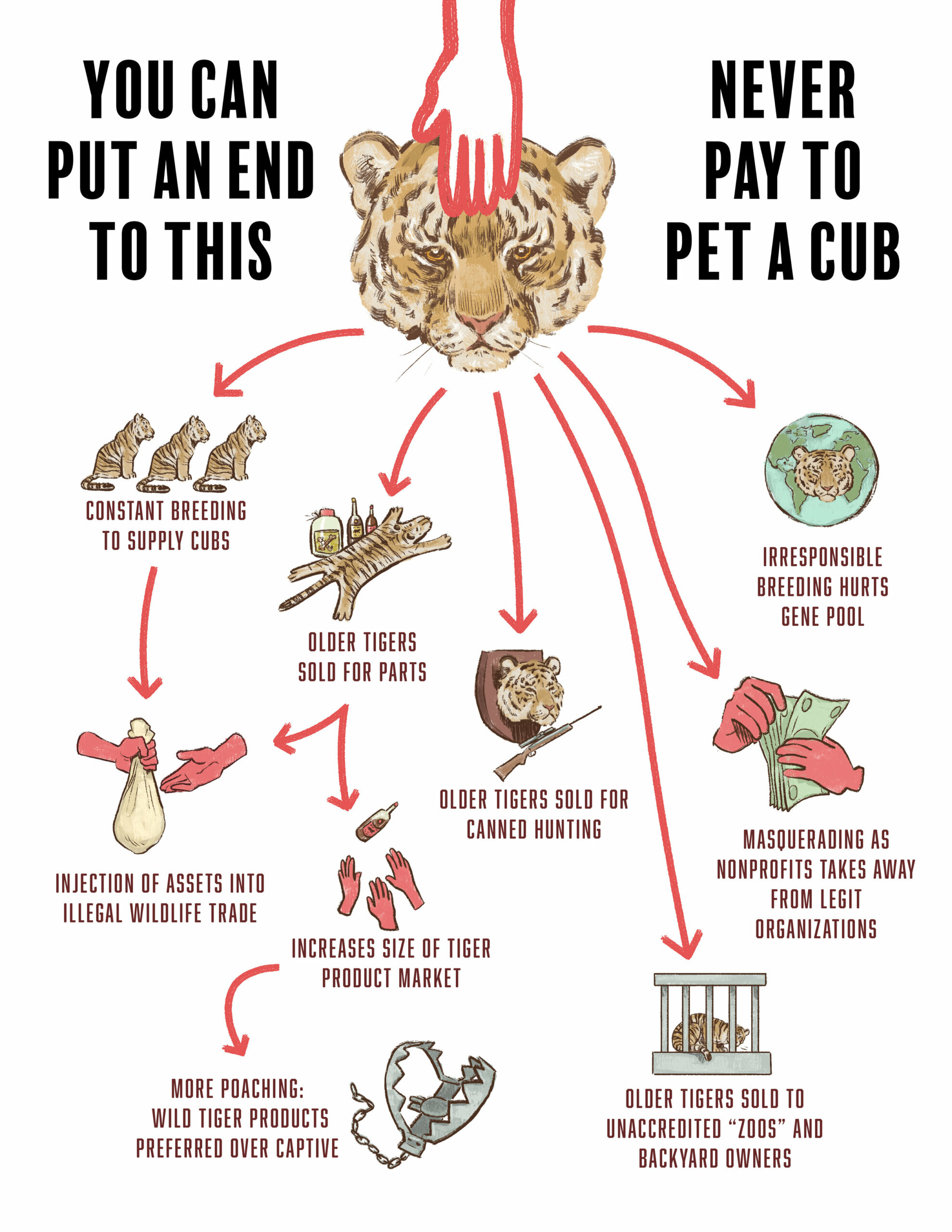In the vast tapestry of life on Earth, where flora and fauna intertwine in a complex ballet of existence, there resides a creature that evokes both nobility and tragedy—the tiger. As we delve into the poignant question “Why Tiger, Why?”, a multitude of dimensions unfold, revealing not only the critical plight of this magnificent animal but also a mirror reflecting our own societal dilemmas and moral imperatives. The tiger, with its striking coat of orange and black, symbolizes not just the wilderness but also the profound consequences of human ambition, the hubris that often leaves behind a trail of destruction.
Firstly, we must consider the tiger as a sentinel of biodiversity. This magnificent feline is more than just an apex predator; it is a keystone species, pivotal to maintaining the ecological balance within its habitat. The vanishing of the tiger from its native ecosystems would incite an avalanche of consequences, leading to the destabilization of habitats that countless other species — including those that humankind relies upon — depend on. Therefore, the cry for tiger conservation is emblematic of a broader plea for the preservation of biodiversity itself. Each species within an ecosystem functions as a thread that weaves the very fabric of our natural world; remove the tiger, and that fabric begins to unravel.
Yet, one must ask: Why do we, as humans, feel a visceral connection to the tiger? The answer lies not merely in its physical prowess but also in the symbolism that it represents. The tiger stands as a metaphor for strength and ferocity, embodying the primal forces of nature that many modern individuals crave to reconnect with in an age dominated by technology and artificiality. It embodies the raw, untamable spirit that thrives in the wild. A prowling tiger is not just a hunter; it is a reminder of our own lost instincts, a symbol of freedom that we yearn for in our increasingly constricted lives. The desire to protect the tiger is, in essence, a yearning to preserve a facet of ourselves, the part that thrives in the wilderness, unshackled by the constraints of societal norms.
Nevertheless, the tiger’s existence is precarious, caught in the crosshairs of human greed and ignorance. As commercial forestry, poaching, and urbanization continue to encroach upon the tiger’s remaining sanctuaries, we face a vital challenge: one that requires us to confront our own ethical shortcomings. The tiger’s plight can serve as an allegory for the disenfranchised, the overlooked members of society who suffer due to the insatiable appetites of the privileged. We must interrogate the systems of oppression that dictate not just the fate of wild creatures but that of marginalized human populations as well. Are we not, in our pursuit of progress, echoing the same destructive behaviors that threaten the tiger’s survival?
The tiger is also a reminder of our responsibility to future generations. If we allow this species to slip into extinction, it is not merely the tiger that is condemned; it is our legacy. How shall we explain to our children that we watched an irreplaceable piece of our planet’s history vanish into the annals of time while we stood idly by? Our indifference toward the tiger’s fate is a betrayal of our intergenerational obligation to protect the planet’s fabric for those who will come after us. In this sense, the preservation of the tiger transcends mere conservation; it is about saving our own souls, ensuring that the stories of our vibrant planet will continue to be told.
Moreover, the tiger highlights the essential unity between nature and culture. In folklore and symbolism, the tiger has long been revered, appearing in the myths of countless cultures as a formidable yet sacred being. By engaging with the symbolism of the tiger, we can reignite a cultural appreciation for wildlife that has diminished under the relentless march of urbanization. Through art, literature, and education, the tiger can inspire a collective consciousness that values the natural world. An entire ecosystem rests on our ability to embody these virtues in our daily lives, fostering respect and reverence for the intricate web of life surrounding us.
In conclusion, the question “Why Tiger, Why?” is not merely about the survival of a single species; it embodies our existential dialogue with nature, our ethical responsibilities, and our cultural heritage. Every roar of the tiger reverberates through the annals of our existence, urging us to rise above apathy and take action. It calls us to be the stewards of the land, to bear witness to the fragility of life, and to make choices that reflect a world where all beings can thrive. The fight for the tiger is synonymous with the fight for our own humanity; to forsake the tiger is to forsake our connection to the wild and, ultimately, to each other. So, as we engage in this vital discourse, let the rhetorical question persist: Why tiger, why? Because the tiger’s fate is intertwined with our own; in its survival, we may yet find the means to reclaim our narrative in the story of life on Earth.
